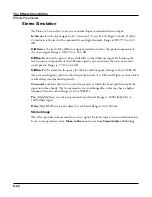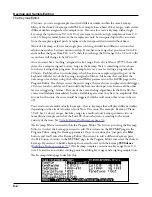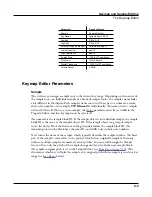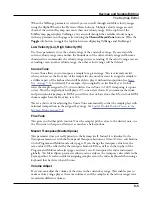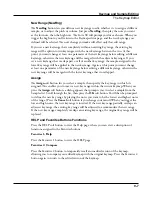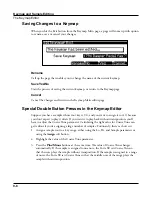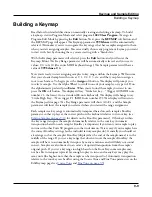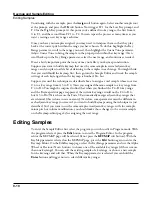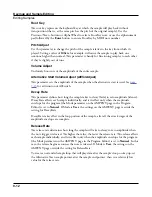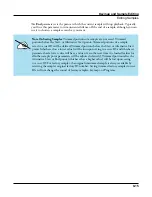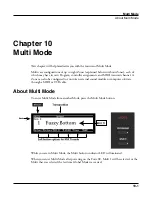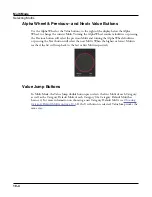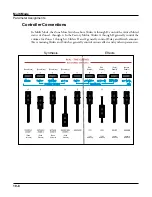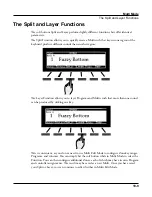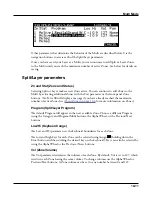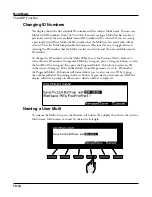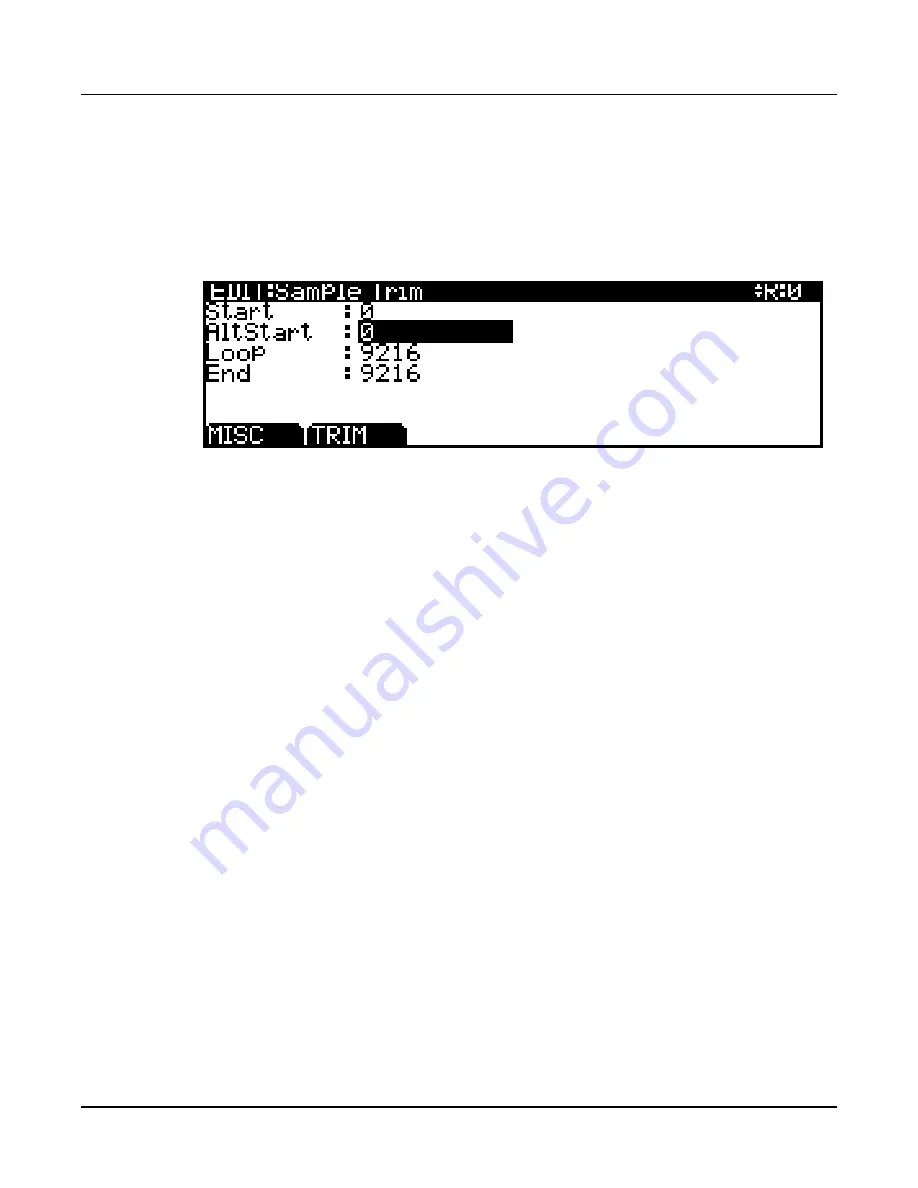
Keymap and Sample Editing
Editing Samples
9-14
The TRIM Page
The TRIM page lets you set the Start, Alternative Start, Loop, and End points of the current
sample. The right side of the top line displays the root number of the sample. If the sample
is part of a group of sample roots, you can use the Channel/Layer/Zone buttons to scroll
through each sample in the group.
The four parameters on this page are Start, Alternative Start, Loop, and End. Selecting these
parameters and adjusting their values enables you to modify how the sample plays back
when notes are triggered. Each of these parameter points are expressed in individual samples.
For example, a one second sample at a sample rate of 44,100Hz would have 44,100 values
available to adjust for each of these parameters.
The Start point determines the beginning of the current sample. You can truncate the
beginning of the sample by increasing the value of the Start parameter. You might do this to
remove silence at the beginning of a sample, or to remove some or all of the attack. You can’t
decrease the Start point of samples below zero.
The AltStart parameter lets you set a second, optional start or end point for the current
sample. The Alternative Start will be used when the Alt Switch parameter on the KEYMAP
page is set to On, or when it’s set to a specific control source and that control source is
generating a value of more than +.5. (For example, if you assign MWheel as the control
source for the Alt Switch parameter, the Alternative Start will be used when the Mod
Wheel—or whatever control source you have set to send MWheel—is above its halfway
point.) The Alternative Start can be set before, after, or at the same point as the Start or End.
If you set the Alternative Start after the End, you can extend the play of looped samples.
Normally, looped samples will play through to the End, then will loop back to the Loop
point, and continue looping like this until the note is released, when they go into their
normal release. If the Alternative Start is set after the End, looped samples will loop in the
same way while notes are sustained. As soon as you release the notes, however, the samples
will play through to the Alternative Start point before going into release.
The Loop parameter sets the beginning of the looped portion of the current sample. The
Loop can be set at any point before the End, including before the Start and Alternative Start.
If you try to move it after the End, the End will move with it.

